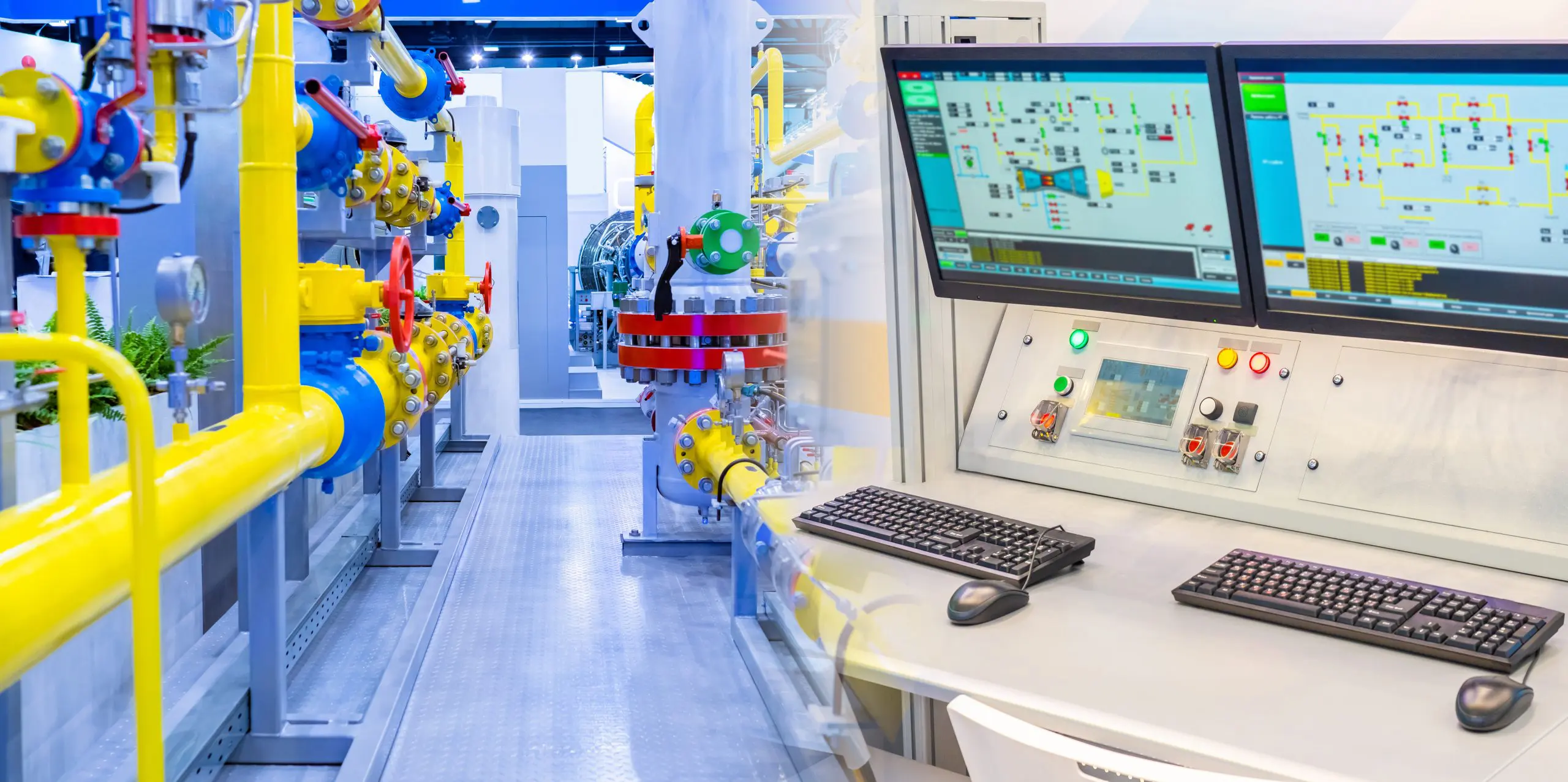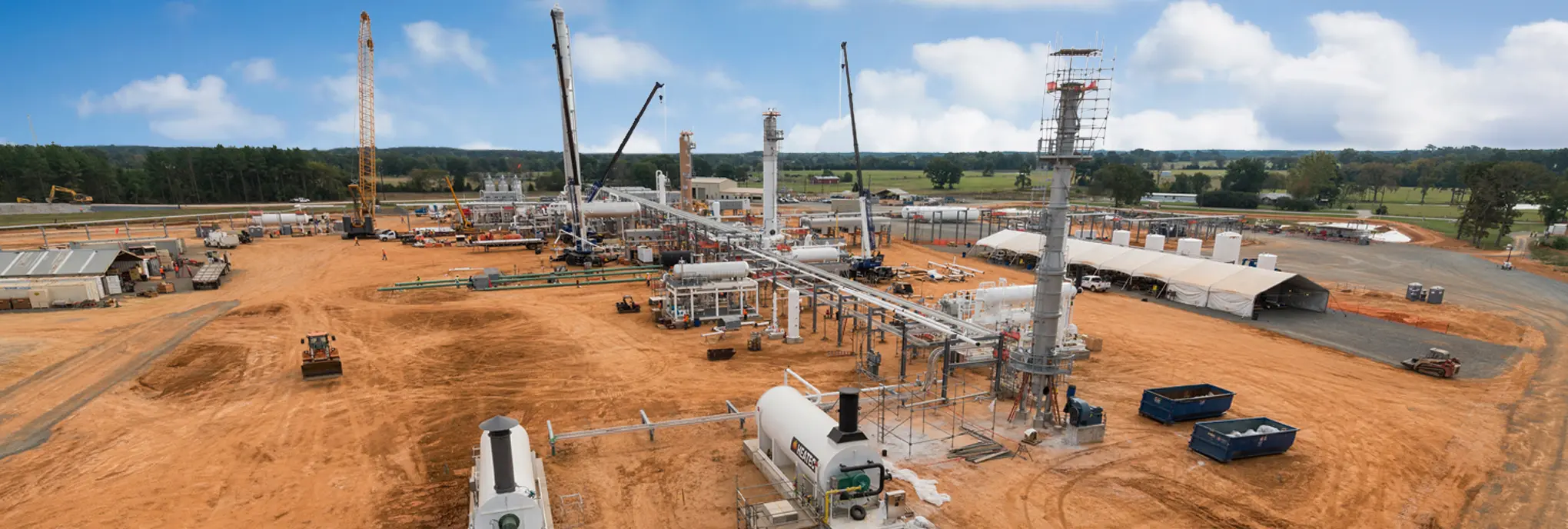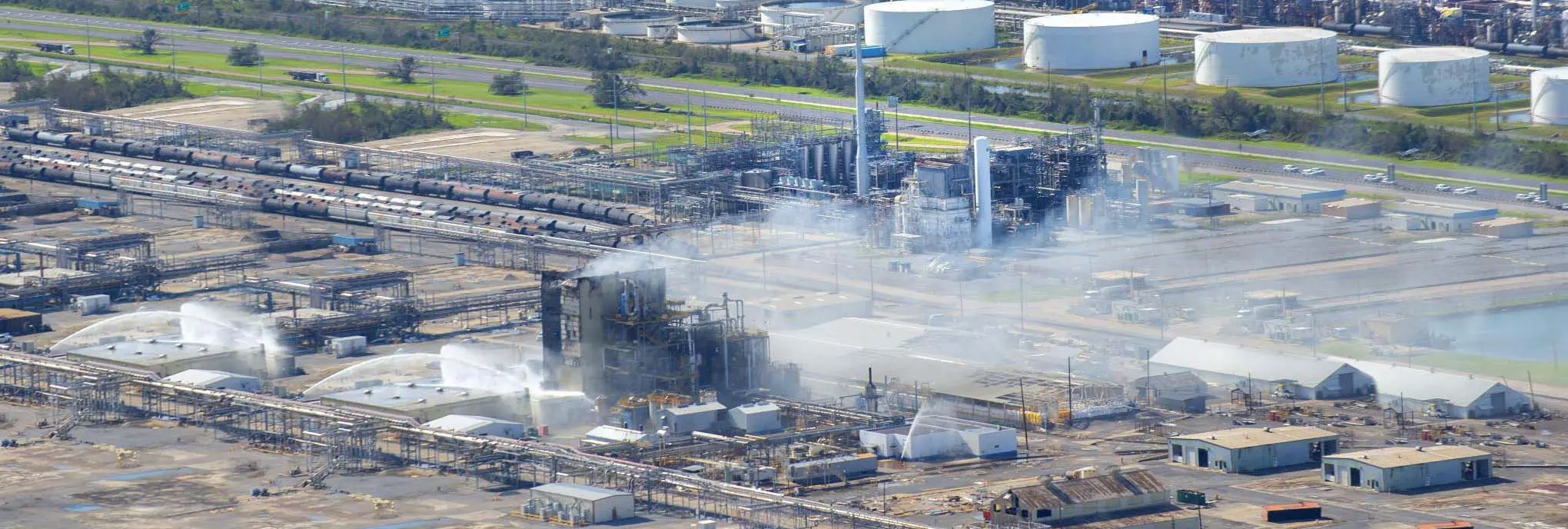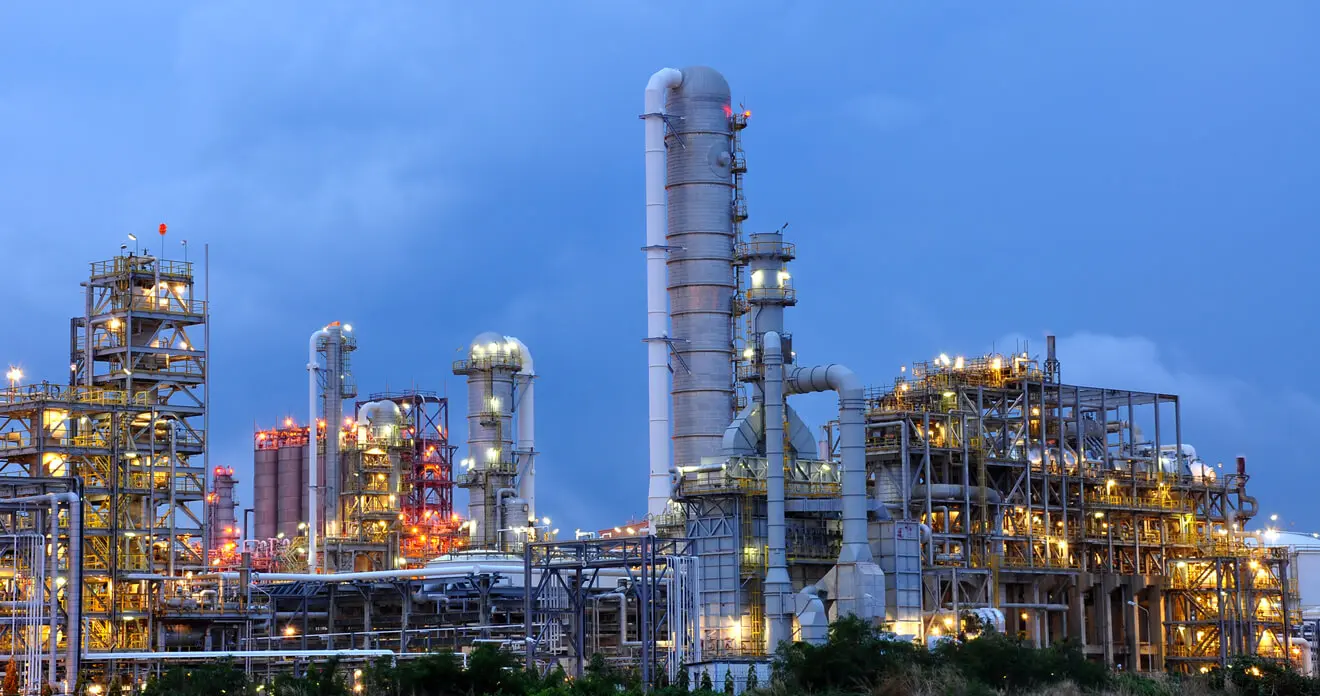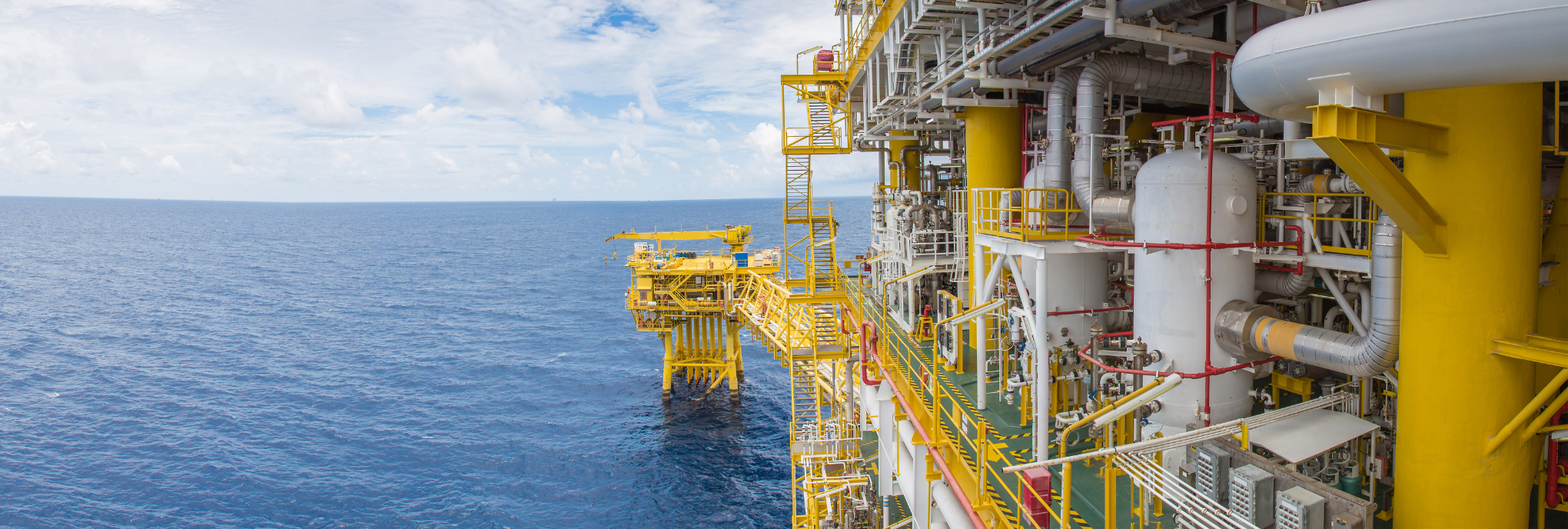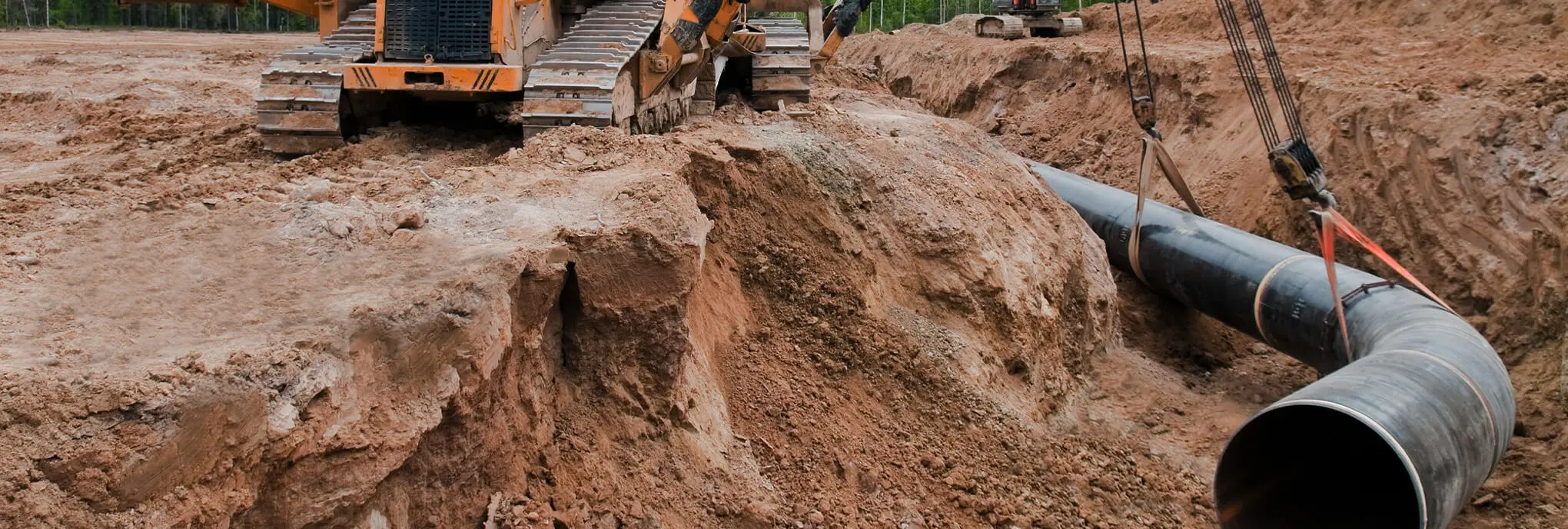

Want to share this article?
Manual vs. Automated Pigging: Which is Right for Your Operation?
Pipeline maintenance is a significant but necessary cost.
This is especially true in lines carrying wet gas from liquid-rich shale plays. In addition to methane, product streams from these plays often contain high amounts of natural gas liquids (NGLs), such as ethane and propane. When mismanaged, the liquids pose a significant threat to pipeline integrity and also to midstream operators whose profitability relies on the efficient transport of raw gas to processing facilities.
Like any liquid, NGLs in a pipeline will tend to flow towards the lowest points of elevation, where they can collect and form restrictions on the internal diameter of the pipeline. When this happens, the differential pressure in the line increases and forces pumps or compressors to work harder. In addition to putting mechanical strain on the pumping system, this leads to higher energy costs, reduced service life of equipment, and an increased risk of internal corrosion. Internal bore restrictions or liquid loading can be particularly problematic in high-volume pipelines due to the impact that a shutdown will have on a profit and loss (P&L) statement.
Pigging is an integral component of an effective pipeline integrity management plan and it can be performed one of two ways: manually or automatically. In recent years, there has been an increased trend throughout the industry towards automated pigging — as pipeline operators have looked to minimize both the time and labor requirements of their maintenance operations. While this trend will likely continue in the coming years, it’s important for companies to understand the benefits that automated pigging provides so that they can better determine which option is most appropriate for their pipeline. Listed below are four key areas to consider when making that decision.
TIME AND MANPOWER REQUIREMENTS
Manual pigging is a labor-intensive, time-consuming process. In some instances, the launch of a single pig can take a full field crew several hours, as it requires opening and closing valves, draining and/or venting of the barrel, and opening and closing of the closure door. Furthermore, with manual systems, each time a pig is inserted or recovered, pressure in the pig barrel must be blown-down to atmospheric pressure. In addition to being inefficient from a cost standpoint, this results in a harmful release to the atmosphere. Overall, the time, manpower, and environmental requirements associated with manual pigging can be substantial.
With automated pig launchers, which allow for multiple pigs to be loaded simultaneously, these requirements are minimized. Doing so also eliminates the need to blow down the pig barrel and vent pipeline contents every time a pig is released. This significantly decreases labor requirements associated with opening and closing valves and closure doors, thus minimizing crew field time. Automated systems can also be remotely operated, providing personnel with the capability to schedule, manage, and monitor launches from an offsite location. An automated system also makes an operation less prone to missed launches due to human error, environmental factors, and other unexpected issues that can arise in the field.
RETURN ON INVESTMENT
Many automated pigging systems will pay for themselves as a result of reduced manpower costs, less downtime, and more efficient maintenance. However, ROI calculations should take into account more than just purchase price and immediate cost improvements. Operators should consider the impact that an automated system can have on their pipeline integrity management plan and if a more aggressive pigging schedule will result in improved production. This broader approach to determining ROI of an automated system is especially important for older pipeline infrastructure, which may or may not be able to justify a large capital investment. Conversely, in some instances, it may be older pipelines that are best suited for an automated system, as it will allow for a more aggressive and cost-effective approach to keeping the line maintained and productive.
SAFETY
Aside from the benefits that arise from being able to pig a line more frequently, automated pigging systems can provide significant advantages with regards to worker safety. First and foremost, by reducing manpower requirements, operators minimize the risk of injury in the field. Manual launching and receiving of pigs also exposes crews to the inherent danger of pressurized pipelines. In many cases, it’s necessary for personnel to wear protective equipment to guard against exposure to hydrogen sulfide (H2S) gas. Quite simply, automated systems reduce the overall need for crews to enter hazardous work environments, which is the often the most important step in decreasing the likelihood of an incident.
PIGGING FREQUENCY
Pigging frequency is one of the most important factors to consider when deciding between a manual or automated system. In some pipeline integrity management plans, pigging is required once a week – while in others, it may be required as many as three times a day. In general, as time passes and pigging frequency increases, the automated launcher’s rate of return on investment will increase. In operations where pigging is infrequent, the up-front costs of installing an automated launching and receiving system may be less economical. In any case, it’s important for operators to carefully consider the safety, integrity, and cost implications associated with an automated pigging system before making a decision regarding their operation.



